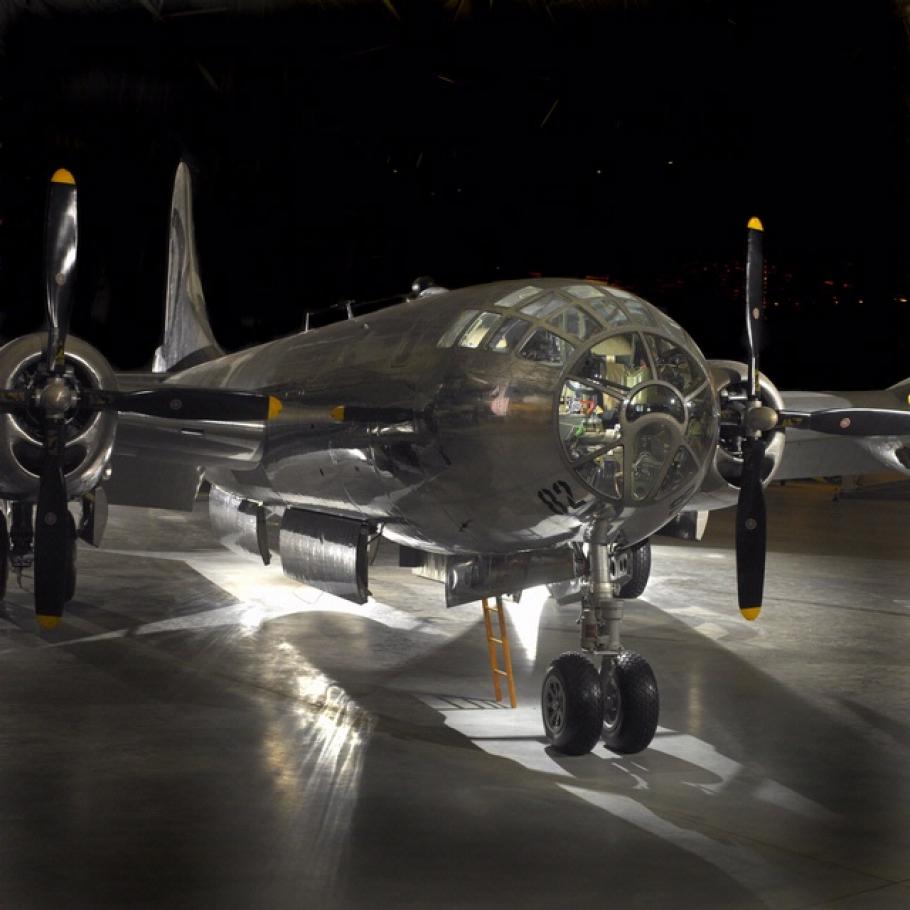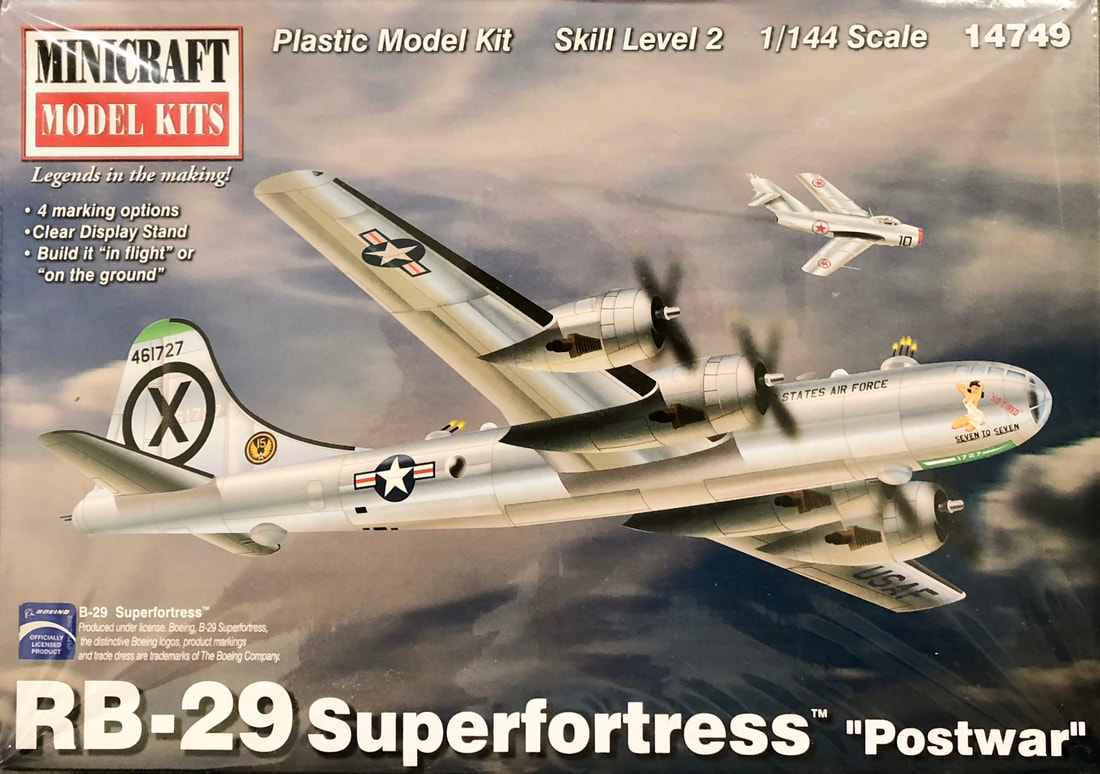B 29 Silverplate - We visited Washington, DC and Chantilly, VA to explore hundreds of top aviation attractions and local history.
This item is not on display at the National Air and Space Museum. It can be on loan or in storage.
B 29 Silverplate

Tinian Island, which is part of the Commonwealth of the Northern Mariana Islands, fell into Japanese hands after World War I. Captured by the United States on June 15, 1944. From December 1944 until the end of World War II. , the island was used as a battlefield. Boeing B-29s. It was the place to load atomic weapons onto the Boeing B-29 Superfortress Silverplate Enola Gay. Eunice L. Brownson Brownley (1919-2014) was a registered nurse who served in the United States Army. Army Nurse Corps from January 1945 to May 1946. During that time, Brownson served in Tinian, and later Kyoto, Japan.
B 29 Superfortress Pulled The Trigger On World War Ii In The Pacific
This collection contains two black and white photographs taken by Eunice L. Brownson Brownley in Tinian, Northern Mariana Islands, in late 1945.
This collection contains two black and white photographs taken by Eunice L. Brownson Brownley in Tinian, Northern Mariana Islands, in late 1945. The first photograph, measuring approximately 4.5 x 2.75 inches, shows the Boeing B-29 Superfortress Silverplate Enola Gay. The second, measuring approximately 5.25 x 3.5 inches, features Boeing B-29 Superfortress Silverplate Up An' Atom, and Boeing B-29 Superfortress Silverplate The Great Artiste also appears a bit smaller.
Materials are subject to Smithsonian Terms of Service. If you wish to use NASM materials in any way, please submit a request for Permission to Reproduce NASM Materials, available at Permission Requests. August 9, 1945: Three days after the atomic bomb was used on the Japanese industrial city of Hiroshima , for the second time. the attack was carried out in Nagasaki. Major Charles W. Sweeney, in command of Martin-Omaha B-29-35-MO Superfortress 44-27297, named
, departed Tinian Island in the Marshall Group at 3:47 a.m., flew to Iwo Jima where it was to rendezvous with two other B-29s,
B 29/b 50 Superfortress, Vol. 2: Post–world War Ii And Korea — David Doyle Books
44-27297 was specially modified for the "Silverplate" B-29. Silverplate B-29s differed from standard production bombers in several ways. It is about 6,000 pounds (2,722 kg) lighter. The attacker was not wearing body armor. Fuel tanks were placed in the rear bomber. The bomb bay doors were operated by high speed air systems. The method of launching the bomb from the front of the bomb bay was changed to a single point release as used on the British Lancaster special bombers. A weapons control station was added to the sleeping quarters to monitor special bomb systems.
It had four air-cooled, supercharged, 3, 347.662-cubic-inch-displacement (54.858 liter) Wright Aeronautical Division R-3350-41 (Cyclone 18 787C18BA3) two-row 18-cylinder radial engines. 41 had a compression ratio of 6.85:1 and required 100/130 aviation gasoline. Rated at 2,000 horsepower at 2,400 r.p.m. at Sea Level, and 2,200 horse power at 2,800 r.p.m., going. The engines drove 16 ft, 8 in (5.080 m) diameter Curtiss Electric reversible-pitch propellers, with a 0.35:1 gear reduction. The R-3350-41 was 6 feet, 2.26 inches (1.937 meters) long, 4 feet, 7.78 inches (1.417 meters) wide and weighed 2,725 pounds. (1, 236 kg).
Except for the tail guns, all defensive weapons—four long-range guns and ten .50-caliber guns—were removed. The places they saw away from it were removed.
With these changes, the Silverplate B-29s could fly higher and faster than the regular B-29, and the fuel-injected R-3350-41 engine was more reliable.
B 29 Usa 9th Bomb Group 1 By Claveworks On Deviantart
They had a cruising speed of 220 miles per hour (354 kilometers per hour) and a top speed of 365 miles per hour (587 kilometers per hour). Its service ceiling was 31,850 meters (9,708 miles) and its combat area was 2,900 kilometers (4,667 miles).
44-27297, Victor 7, was assigned to pilot Captain Frederick C. Bock and his crew. Major Sweeney and his team often fly
Sweeney's B-29 was the Hiroshima plane and there was no time to disarm and reload Bock's bomb, so the crew could switch planes. For operational safety,
The standard marking was changed from the number 7 on the fuselage to 77. The 509's tail code for the circle surrounding the forward arrow was changed to another "Triangle N" unit identifier.
Steam Workshop::boeing B 29 Superfortress
All these last-minute changes have led to confusion in current accounts as to whose B-29 shot down the Fat Man over Nagasaki.
's forward bomb bay was a 10,213 pound (4,632 kg) bomb named Fat Man. This was a completely different and more complex weapon than the Boy (Mark I) atomic bomb dropped by Colonel Paul Tibbet.
On the 6th of August. Designated Mark III, the egg-shaped device contained a 6.2 kg (14 lb) sphere of Plutonium Pu 239, surrounded by a high explosive charge. The explosives were made with "lenses" that would direct the energy in the right direction. The goal was to suppress—or

In the execution of this mission, Major Sweeney made several serious mistakes that almost caused the mission to fail, and may have resulted in the loss of the bomber and his crew.
Boeing B 29 Superfortress Silverplate Photographs Brownley
Before takeoff, the B-29's crew chief told Sweeney that the fuel pump was malfunctioning, making it difficult to transfer 625 gallons (2,366 liters) of fuel from one fuel tank. This means that about 9% of the fuel load of 7,250 liters (27,444 liters) could not be used. Chuck Sweeney decided to leave.
Then, although under direct orders from the commander of the 509th Composite Group, Colonel Paul Tibbets, to wait at the meeting point before 15 minutes, when
When they reached the top, a cloud covered the city. The bomber made three attempts to bomb the city within 50 minutes, but the bombardier could not identify the target.
Now one hour and twenty minutes behind schedule, Sweeney turned to the second target, Nagasaki. Due to delays and unusable fuel due to a fuel pump failure, Sweeney reduced engine power to try to save fuel during the twenty minute journey to the target. But the weather there was also bad.
Silverplate Boeing B 29: The Special Superfortress That Legitimately Changed The World
Sweeney decided to bomb the clouds using radar, but at the last minute, the bombardier could see the target. The Fat Man was dropped from 30,000 feet (9,144 meters) at 11:01 a.m. After falling for 43 seconds, the atomic bomb exploded at a height of 1,950 meters (594.4 feet). It missed its target by about 1.5 miles (2.4 km) and fired into the Urakami Basin, between the Mitsubishi Steel and Arms Works and the Mitsubishi-Urakami Ordnance Works.
The estimated force of the explosion was 21 kilotons—equivalent to the explosive force of 21,000 tons of TNT (19,050 metric tons)—about 20% greater than the Hiroshima bomb. The surrounding mountains were explosive, protecting a large area of the city. However, about 60% of Nagasaki was destroyed and 70,000 people were killed. By December 1945, at least 80,000 of the city's 250,000 inhabitants had died.
A pyrocumulus cloud rises over Nagasaki, Japan, about 20 minutes after the explosion, on August 9, 1945, photographed from Koyagi-jima, a small island southwest of Nagasaki. (Hiromichi Matsuda)

Now very low on fuel and unable to reach the B-29's emergency location on Iwo Jima, Sweeney headed for the Okinawa airfields. When
Tupolev Tu 4 And Boeing B 29
Came down the runway, one engine stopped due to fuel starvation. When they turned off the runway, the second engine ran out of fuel. Charles Sweeney cut it very, very short.
Martin-Omaha B-29-35-MO 44-27297 at Tinian Island, August 1945. Nose art used on aircraft after 9 August 1945 bombing. (US Air Force)
Five days after the bombing of Nagasaki, the Emperor of Japan—realizing that his country was facing total destruction—agreed to surrender. World War II ended.
It was placed in storage at Davis-Monthan Air Force Base, Tucson, Arizona. On September 26, 1961, the B-29 was transported to the National Museum of the United States Air Force, Wright-Patterson Air Force Base, Dayton, Ohio, where it resides in the museum's collection of historic aircraft.
Utah Air Base Saw The Birth Of Atomic Age
DAYTON, Ohio - Boeing B-29 Superfortress "Bockscar" at the National Museum of the United States Air Force. (U.S. Air Force photo)
Silverplate Martin-Omaha B-29-45-MO Superfortress 44-86292, "Dimples 82," Tinian, Mariana Islands, August 1945. Note the "Circle Arrowhead" code. (US Air Force)
August 6, 1945: At 0245 hours, a four-engine, long-range aircraft of the 509th Airlift Group of the United States Air Force, took off from North Field on the island of Tinian in the Northern Mariana Islands, in the largest . the secret of fighting. World War II career.

Col. Paul Warfield Tibbets, Jr., US Army Air Forces, Commanding Officer, 509th Fusion Group, and commander of the B-29 Superfortress, Enola Gay. (US Air Force)
Wwii Boeing B 29 Superfortress Bomber (w/ Silverplate Variant)
Martin-Omaha B-29-45-MO Superfortress, 44-86292, under the command of Colonel Paul W. Tibbets, Jr., carried Bomb Unit L-11, the first nuclear weapon used during the war. This was a 9,700-pound (4,400 kg), Mark I "gun-type" bomb, named Little Boy. It contained 64 kilograms (141.1 pounds) of highly enriched uranium. The bomb was 120 inches (3.048 meters) long and 28 inches (0.711 meters) wide. Although it was an ineffective device, it was considered such a reliable design that it was not tested.
Named "Boy," the Mark I L-11 bomb unit, before being loaded onto the Enola Gay, 5.
1 72 b 29, b 29 superfortress, b 29 model kit, b 29 bomber, b-29, b 29 superfortress model, b 29 doc, b 29, 1 48 b 29, f b rogers silverplate, b 29 bomber model, silverplate b-29
0 Comments